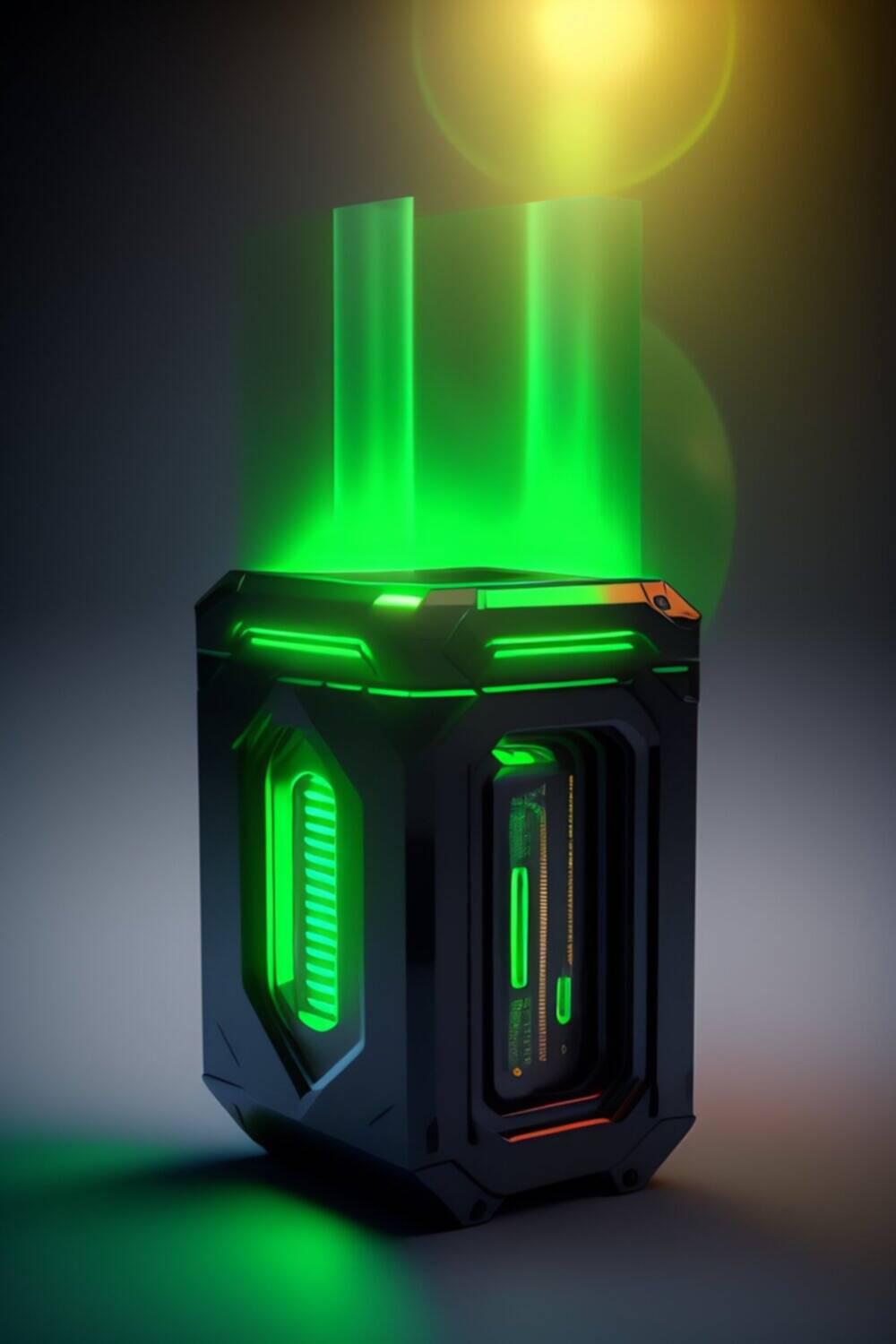Compare the Nvidia RTX 4070 Ti and AMD Radeon Pro W6800 graphics cards in terms of performance, architecture, features, and more. Find out which GPU suits your needs.
When it comes to graphics cards, Nvidia and AMD have been leading the market for years. These two companies constantly push the boundaries of graphics technology, introducing new and improved GPUs to cater to the needs of various user segments. In this article, we will delve into the comparison between Nvidia’s highly anticipated RTX 4070 Ti and its competitor, the AMD Radeon Pro W6800.
Overview of Nvidia RTX 4070 Ti and AMD Radeon Pro W6800
The Nvidia RTX 4070 Ti and AMD Radeon Pro W6800 are both high-end graphics cards targeting different user bases. The RTX 4070 Ti is primarily aimed at gamers and enthusiasts, while the Radeon Pro W6800 is geared towards professionals working in fields such as content creation, 3D modeling, and scientific visualization.
Performance Comparison
Gaming Performance
In terms of gaming performance, the Nvidia RTX 4070 Ti is expected to deliver exceptional results. Leveraging Nvidia’s Ampere architecture and advanced ray-tracing technology, the RTX 4070 Ti promises to offer significantly improved graphics and frame rates compared to its predecessor, the RTX 3070 Ti. Gamers can expect smoother gameplay, more realistic visuals, and enhanced immersion in the latest AAA titles.
On the other hand, the AMD Radeon Pro W6800 is not specifically designed for gaming. While it can handle gaming tasks with ease, its main focus lies in professional applications, where it excels in delivering reliable performance, precision, and stability.
Workstation Performance
When it comes to workstation performance, the AMD Radeon Pro W6800 shines. With its high compute power and optimized drivers, it offers outstanding performance for professional applications. Content creators, architects, and engineers can benefit from its superior GPU rendering capabilities, accelerated workflows, and excellent multi-display support.
The Nvidia RTX 4070 Ti, although primarily a gaming GPU, also provides substantial performance for workstation tasks. With its impressive CUDA core count and optimized software stack, it can handle demanding workloads such as video editing, 3D rendering, and simulations effectively.
Architecture and Features
Nvidia RTX 4070 Ti Architecture
The Nvidia RTX 4070 Ti is expected to feature an advanced iteration of Nvidia’s Ampere architecture, bringing improved ray-tracing capabilities and DLSS (Deep Learning Super Sampling) technology. The card will likely incorporate a higher number of CUDA cores and enhanced memory bandwidth, enabling it to deliver exceptional performance in both gaming and professional applications.
AMD Radeon Pro W6800 Architecture
The AMD Radeon Pro W6800 is based on AMD’s RDNA 2 architecture, which has proven to be highly efficient and powerful. With a generous number of compute units, high clock speeds, and large memory capacity, this GPU is optimized for professional workloads that demand fast and reliable performance.
Key Features Comparison
In terms of features, both the Nvidia RTX 4070 Ti and AMD Radeon Pro W6800 offer impressive capabilities. The RTX 4070 Ti is expected to introduce enhanced real-time ray tracing, AI-driven image upscaling with DLSS, and advanced video encoding and decoding. The Radeon Pro W6800, on the other hand, boasts features such as Infinity Fabric technology, Smart Access Memory, and AMD’s ProRender for efficient GPU-based rendering.
Power Efficiency and Thermal Management
Power efficiency and thermal management are crucial factors to consider when comparing graphics cards. Nvidia has made significant strides in power efficiency with its Ampere architecture, delivering improved performance per watt compared to previous generations. The RTX 4070 Ti is expected to continue this trend, offering better energy efficiency without compromising on performance.
Similarly, AMD’s RDNA 2 architecture has also shown commendable power efficiency, and the Radeon Pro W6800 benefits from this design philosophy. Professionals can work on complex projects without worrying about excessive power consumption or thermal issues, ensuring a smooth and stable user experience.
Pricing and Availability
Pricing and availability play a vital role in the purchasing decision for any graphics card. While official pricing information for the Nvidia RTX 4070 Ti and AMD Radeon Pro W6800 is not available at the time of writing, it is expected that both cards will be positioned in the higher-end segment, reflecting their powerful specifications and advanced features.
As for availability, Nvidia and AMD typically follow different release strategies. Nvidia tends to release its GPUs in batches, often facing supply constraints, while AMD tends to have better availability, especially for professional GPUs. It is advisable to stay updated with official announcements and check with authorized retailers for the latest information.
Customer Reviews and Feedback
Customer reviews and feedback are valuable sources of information when evaluating the performance and reliability of graphics cards. It is essential to consider the experiences of actual users to gain insights into real-world usage scenarios.
While the Nvidia RTX 4070 Ti is yet to be released, the previous generations of Nvidia’s GPUs have garnered positive reviews, with users praising their performance, ray-tracing capabilities, and software ecosystem. The AMD Radeon Pro W6800 has also received positive feedback from professionals who appreciate its stability, reliability, and compatibility with professional applications.
Conclusion
In conclusion, the Nvidia RTX 4070 Ti and AMD Radeon Pro W6800 are powerful graphics cards catering to different user segments. The RTX 4070 Ti excels in gaming performance, delivering outstanding visuals and frame rates, while the Radeon Pro W6800 shines in professional applications, offering excellent compute power and stability.
Both GPUs feature advanced architectures, innovative features, and efficient power management. Choosing between them depends on the intended use case, whether it is gaming or professional work. It is essential to consider factors such as budget, software compatibility, and personal preferences before making a decision.
Frequently Asked Questions (FAQs)
-
Q: When will the Nvidia RTX 4070 Ti be released?
- A: The release date for the Nvidia RTX 4070 Ti has not been officially announced yet. It is recommended to follow Nvidia’s official announcements for the latest information.
-
Q: Can the AMD Radeon Pro W6800 be used for gaming?
- A: While the AMD Radeon Pro W6800 is primarily designed for professional applications, it can handle gaming tasks effectively. However, if gaming is the primary use case, Nvidia’s gaming-focused GPUs might be a better choice.
-
Q: Are the Nvidia RTX 4070 Ti and AMD Radeon Pro W6800 compatible with popular content creation software?
- A: Yes, both graphics cards are compatible with popular content creation software. Nvidia GPUs have strong support within the gaming and creative communities, while AMD GPUs are also well-suited for professional applications.
-
Q: Which GPU offers better ray-tracing capabilities?
- A: Nvidia’s GPUs, including the RTX 4070 Ti, are known for their industry-leading ray-tracing technology. They have a long history of optimizing their hardware and software for realistic real-time ray tracing.
-
Q: Can the Nvidia RTX 4070 Ti and AMD Radeon Pro W6800 support multiple displays?
- A: Yes, both graphics cards can support multiple displays. They offer multiple display outputs, enabling users to connect multiple monitors for enhanced productivity and immersive experiences.



